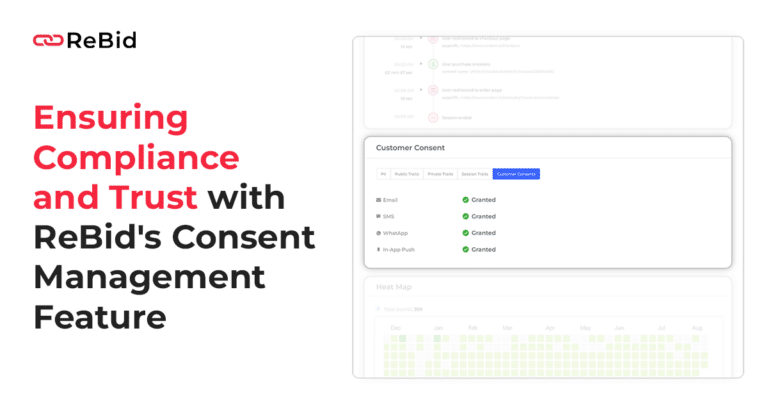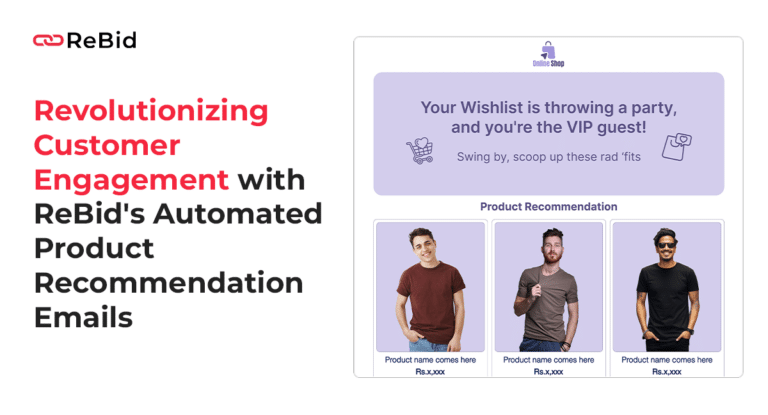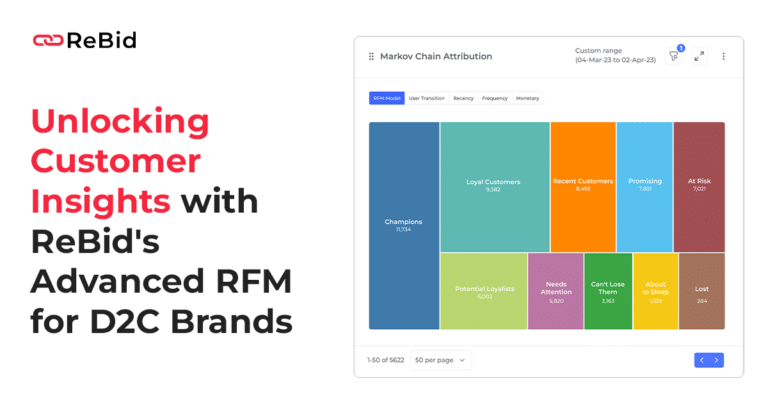Unlocking the Power of Efficient Marketing: The Importance of Customer Acquisition Costs
Introduction:
In the bustling arena of digital marketing, there’s one metric that often takes center stage: customer acquisition cost (CAC). While many businesses chase after the latest trends, the savvy ones recognize why customer acquisition cost is important. But what if we told you that lowering this cost could be the game-changer your business needs? Let’s delve into the world of CAC and discover its transformative potential.
The Tale of Rising Costs:
Picture this: A startup, bursting with enthusiasm, launches a massive campaign. The results? High traffic but abysmal conversion rates. Their mistake? Ignoring why customer acquisition cost is important. In today’s digital age, with countless platforms and strategies, it’s easy to get lost in the noise. But at the heart of it all lies the age-old principle: efficiency.
The Domino Effect of High Acquisition Costs:
High CAC doesn’t just strain your marketing budget. It affects everything – from ROI to overall profitability. Consider the e-commerce store that spends heavily on ads but neglects user experience. The result? High traffic, low conversions, and a soaring CAC. This is a clear testament to why customer acquisition cost is important.
Strategies to Lower CAC:
1. Data-Driven Decisions:
Harnessing the Power of Analytics:
In today’s digital landscape, making decisions based on gut feelings or assumptions can be costly. This is where analytics come into play. By diving deep into data, businesses can gain invaluable insights into their audience’s behavior, preferences, and pain points.
Understanding Traffic Sources:
Where are your customers coming from? Is it organic search, paid ads, social media, or referrals? By identifying the most effective channels, businesses can allocate resources more efficiently. For instance, if organic search is driving the most conversions, it might be worth investing more in SEO.
Optimizing for ROI:
Return on Investment (ROI) is a critical metric that indicates the effectiveness of a marketing strategy. By understanding which channels offer the best ROI, businesses can optimize their strategies, focusing on what truly works and cutting out what doesn’t. This not only reduces costs but also improves overall marketing efficiency.
2. Engaging Content:
Quality Over Quantity:
In the race to produce content, many businesses churn out quantity, often compromising on quality. However, a single well-researched, engaging piece can have a far greater impact than ten mediocre ones.
Attract and Retain:
Engaging content serves a dual purpose. Firstly, it attracts potential customers by offering value, be it in the form of information, entertainment, or solutions to their problems. Secondly, it retains existing customers, keeping them engaged and fostering loyalty. When customers find value in content, they’re more likely to return, reducing the need (and cost) to acquire new ones continually.
The Role of Visuals:
In an age of dwindling attention spans, visuals can play a pivotal role in making content engaging. Infographics, videos, and interactive elements can make content more digestible and shareable, amplifying its reach and impact.
3. Referral Programs:
The Power of Word of Mouth:
Despite the advancements in digital marketing, word of mouth remains one of the most trusted forms of advertising. People are more likely to trust recommendations from friends or family over ads.
Incentivizing Referrals:
By setting up a referral program, businesses can incentivize their loyal customers to spread the word. This could be in the form of discounts, freebies, or other perks. The beauty of referral programs is that they tap into an existing customer base, leveraging their satisfaction and trust to bring in new customers.
Building a Community:
Referral programs can also foster a sense of community among customers. When they feel valued and rewarded, they’re not just customers; they become brand advocates. This not only helps in acquiring new customers but also strengthens the bond with existing ones, enhancing lifetime value and reducing CAC in the long run.
Advertiser’s CDP: The Ace Up Your Sleeve:
So, where does Advertiser’s CDP fit into understanding why customer acquisition cost is important? This platform provides a panoramic view of the customer journey, from ad touches to final acquisition.
By offering comprehensive pre-click user insights, businesses can tailor their strategies, ensuring every penny spent is worth it. In essence, Advertiser’s CDP is not just a tool; it’s a strategy enabler.
Conclusion:
Understanding why customer acquisition cost is important is more than just about numbers. It’s about recognizing the value of efficient marketing and making informed decisions. In a world where competition is fierce and every penny counts, lowering your CAC could very well be the game-changer that sets you apart. And with tools like Advertiser’s CDP, the path to efficient marketing becomes clearer and more achievable.





